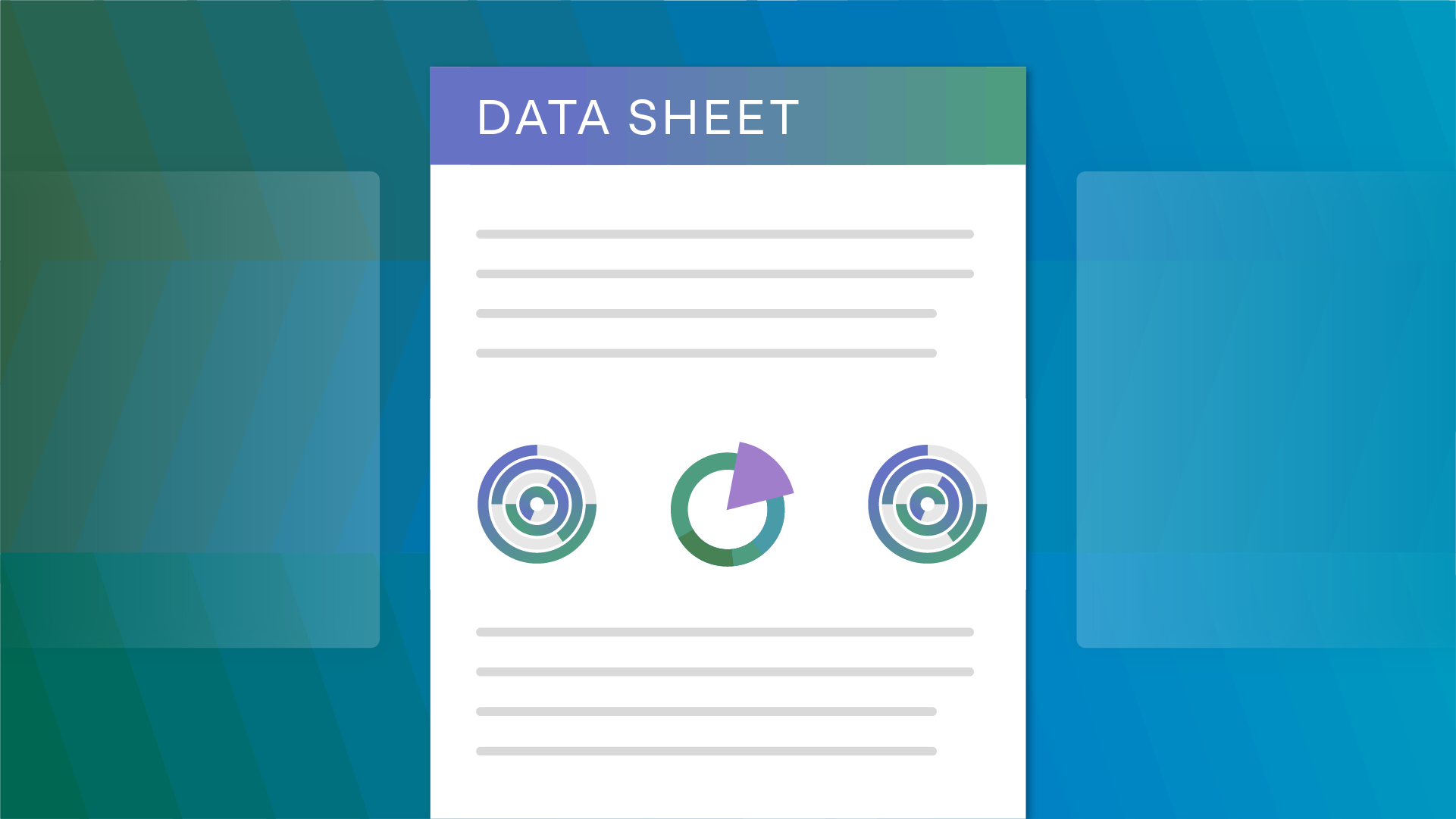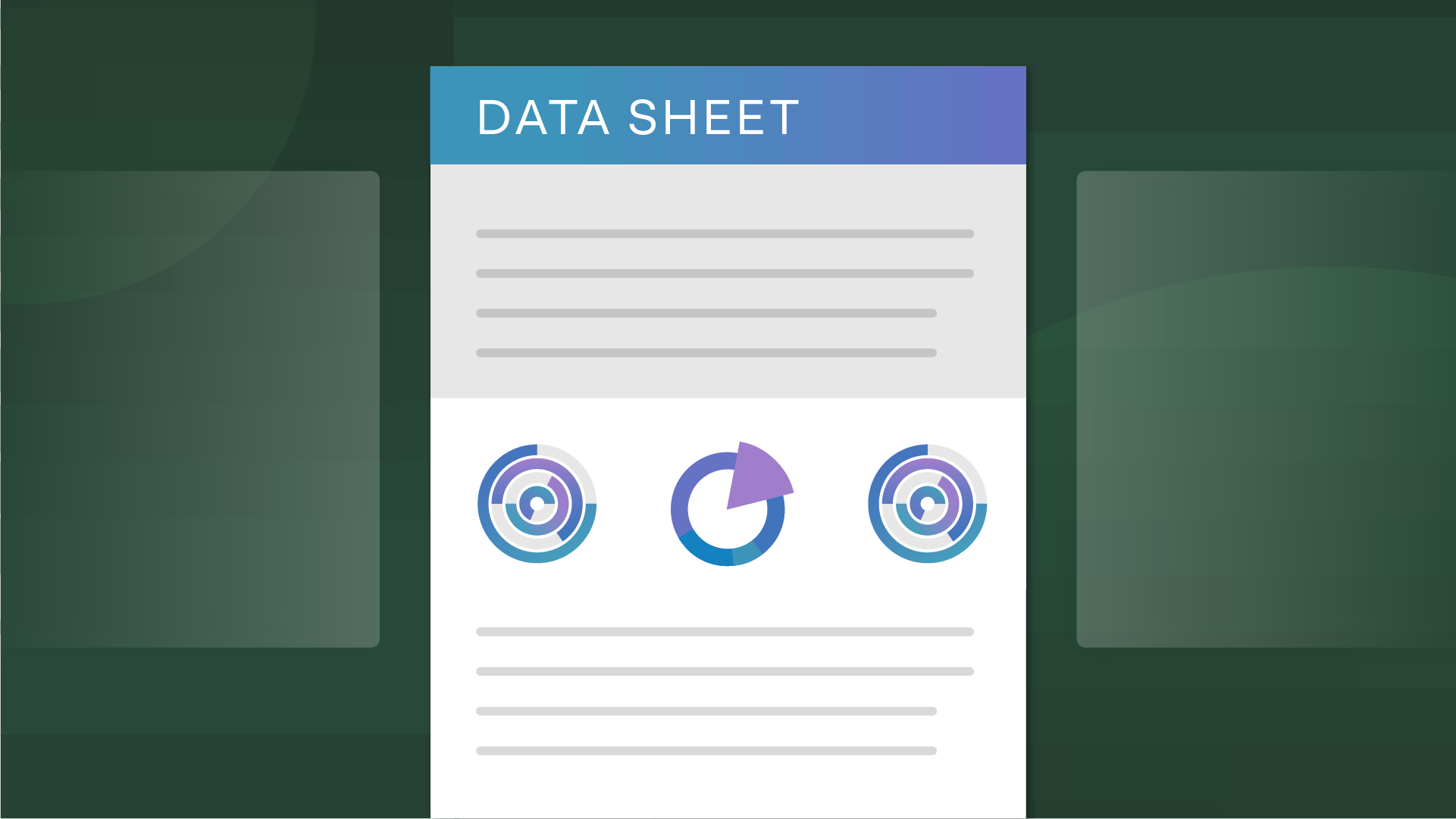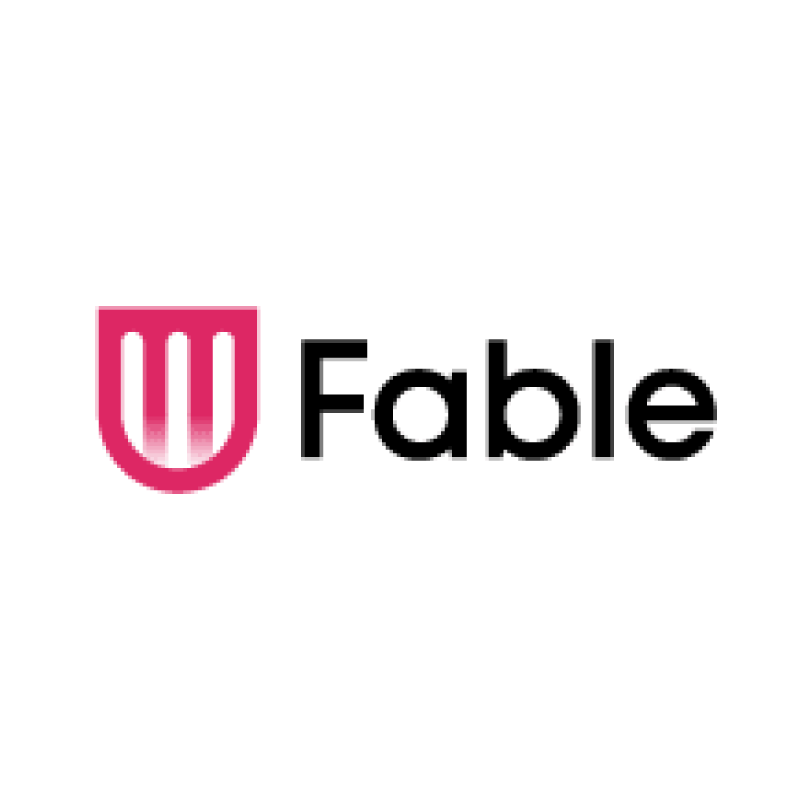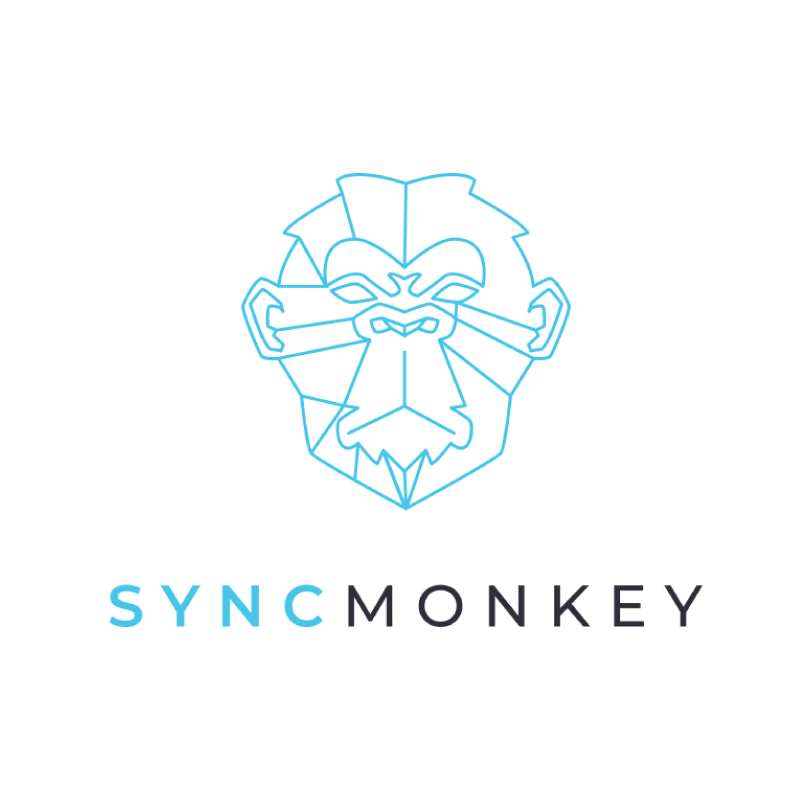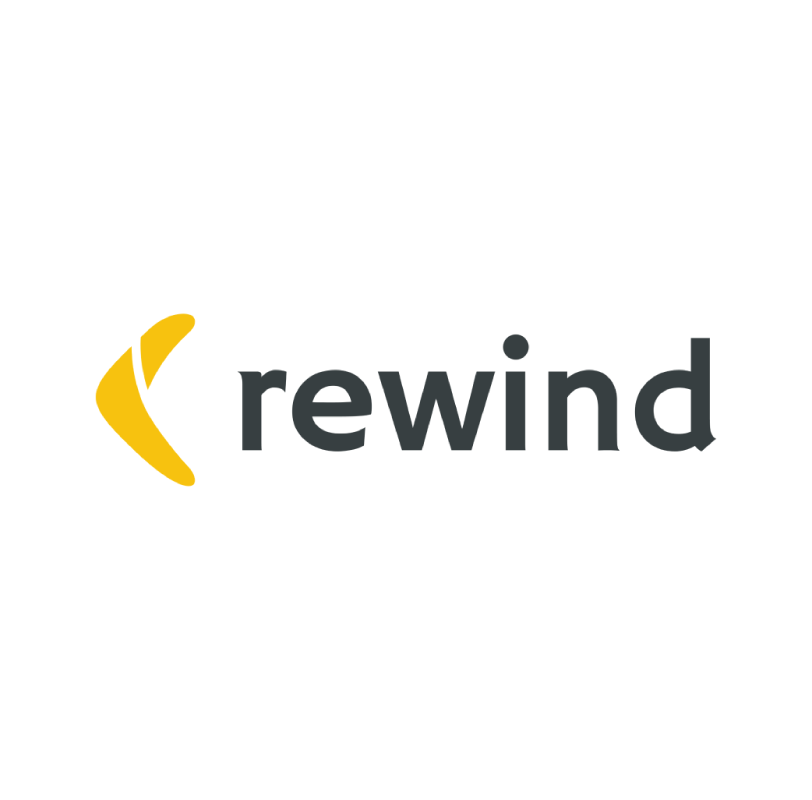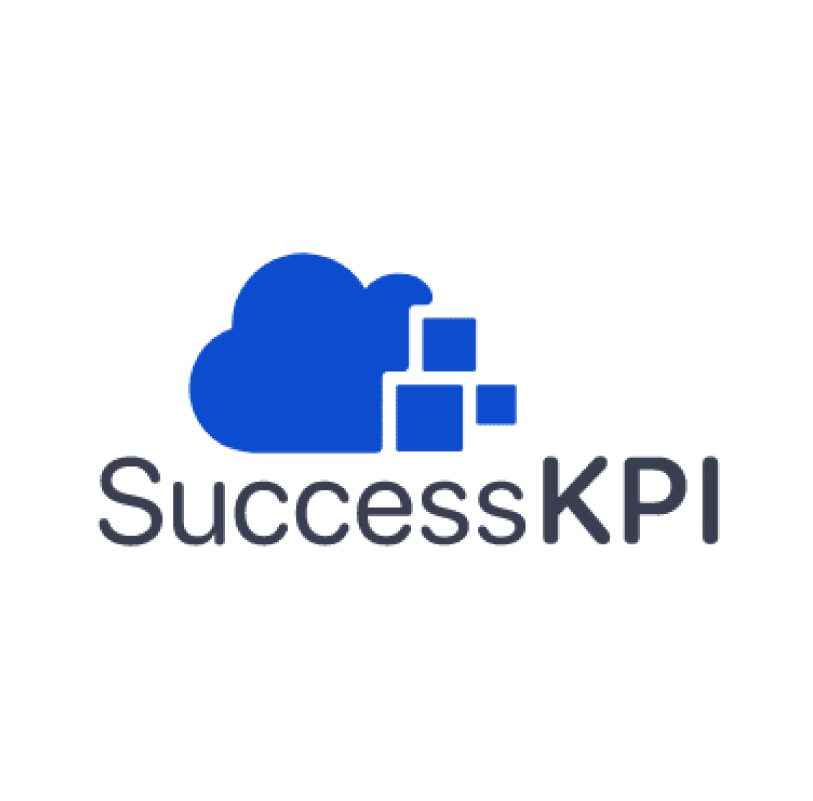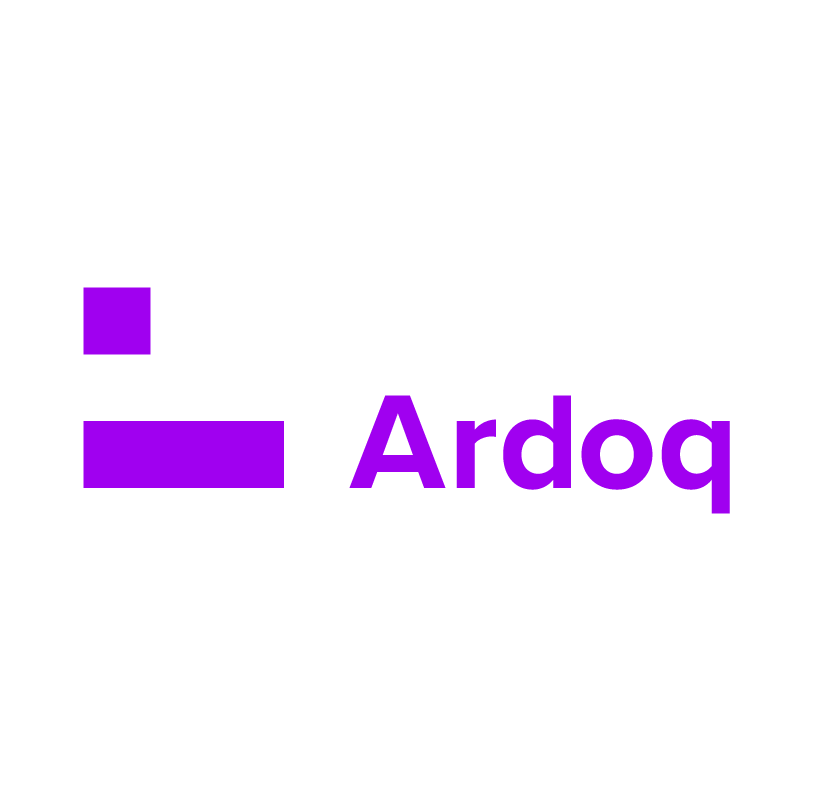Governance, Risk, and Compliance a crash course on legacy GRC tools and today’s market challenges
Many GRC tools in the market today are solutions to problems of the past. The world doesn’t do business the same way it did 5 years ago (remember all the skepticism around “the Cloud”). The drive to achieve operational efficiency and deliver an exceptional customer experience has led to a complicated business ecosystem and increased the pace in which organizations respond to and process activities.
GRC is traditionally a mammoth initiative. The same way a cruise liner maintains a consistent pace, GRC tools have stayed on course through the years but have struggled to balance a robust feature set and keeping pace with changing business challenges. From software architecture to sales strategy, navigating GRC tools can be a complicated process, but it doesn’t have to be. Here are 6 characteristics of traditional GRC that make these solutions unfit for modern businesses.
Not built for mass markets
The difference between customization and configuration is the ability to be tailored to your industry without disproportionate complexity.
Many leading GRC tools spawn from bank regulations. To meet this industry’s very specific use case, systems have built out robust functionality and feature sets for financial organizations to meet compliance regulations, implement corporate rules and guidance, and measure their operations to gauge risk. While great for the banking industry, this structure makes it extremely difficult to apply and adapt solutions across other industries. With limited market options, retail, manufacturing, and technology solutions have invested in expensive and complicated implementations for systems that deliver a clunky and disjointed experience.
With a flexible code foundation, new-age systems adjust to your needs and define the solution to execute jobs in an agile framework that can be updated as your needs or processes change over time.
Collaboration inhibitors
Facilitate communication with functioning beyond task execution to complete jobs across different roles and departments.
The compliance team has traditionally driven the initiative for GRC software applications, and their use case drives how the tool is designated to operate. Business stakeholders, first-line responders, and risk owners are an afterthought as businesses shift collaboration across departments and enable cross-functional task execution to enhance their internal operations.
Incorporating the different roles to achieve a pro-active risk-based approach to GRC requires significant re-tooling or the use of separate systems altogether, which may not integrate functionally.
GRC tools have a Siloed data model
Systems that connect and share data in near real-time eliminate redundancies.
You rarely find a solution for everyone. Traditional GRC tools have products and feature sets to appeal to and meet the needs of core team members and execute their tasks. However, these products and associated functions are built separately from one another. Many customers admit that post-implementation departments are running independent operations. This compartmentalized data model creates siloed information making it near impossible to deliver executive-level reports or gauge the enterprise.
Data connections require heavy customization
Flexible architecture supports your digital enterprise to share and house data in a meaningful and secure way.
Years ago, having an open software architecture was a security threat. Many GRC tools were built as secure stand-alone applications. Today, this means there are limited integrations and connection points that are plug and play for end users to connect systems. Integrations require a project on their own with significant scoping and custom development. Long term, this creates added expenses in budget, time, and effort to maintain through software upgrades, or it leaves companies in a standstill on outdated system versions.
Sales journey is costly and complex for leading GRC tools
GRC tools should help alleviate task work, not create added complexity before you even buy.
Once you’ve identified a GRC tool that you think can meet your needs and you’re ready to buy, the sales journey is overtly complex. It tallies everything including the number of users, assets, vendors, and more. This information is needed not just to plan your project but to identify your price point. Inflated price tags reflect the amount of custom development required for implementing a legacy GRC tool. This pricing structure is an inhibitor for many organizations and creates added complexity and stalls the buying process for organizations that have the resources and budget to invest in traditional GRC tools.
Regulatory maintenance and upkeep is a manual process
Measure your business operations within the changing regulatory environment so you can focus on response, risk mitigation, and continuous improvement.
Legacy GRC tools map data to the standards and frameworks that you have outlined in your system. But keeping track of changes and updates is a manual process. Large-scale enterprises need an entire team dedicated to all the rules and regulations that apply to their business operations. The overarching effort is to optimize controls and address gaps or vulnerabilities that expose your business to unnecessary risk.
Learn more about OneTrust GRC and our approach to bridge these market challenges












































































